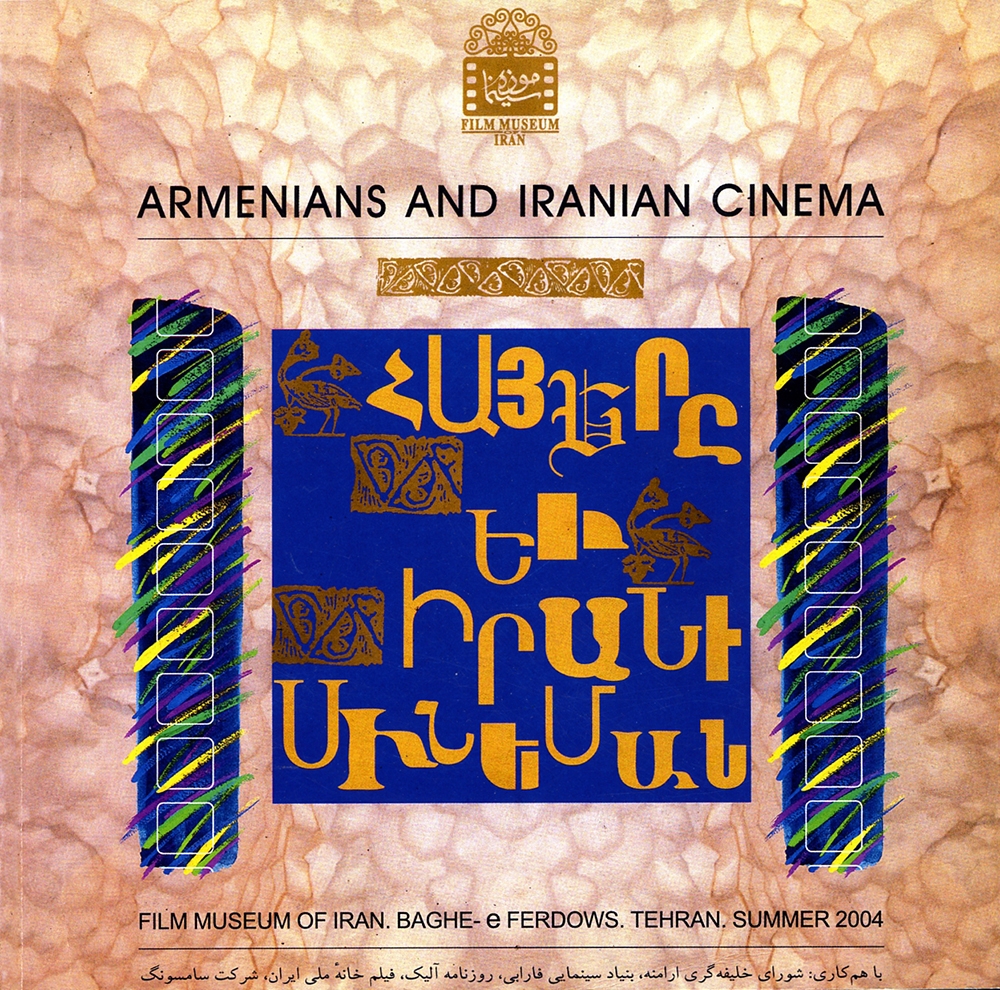Description
The Armenians have performed very effective roles in film art-industry since the emergence of cinema in Iran. For instance, the first film documentary travelogues were shot by Armenians: George Esmailov in 1909. Armenians set up the first screening halls (in its contemporary form) in several cities and Soleil Cinema in Tabriz was set up by Alek Saguinian in 1917. They also created the first film training centers in the country: Film Actors’ School was established by Ovaness Ohanians in 1930. They made the first feature films: Abi and Rabi (1931) and Haji Agha the Film Actor (1934) were both directed by Ohanians. They designed some of the first buildings for film screening: Diana Movie Theater (present day Sepideh Cinema, 1939), and Metropole Movie Theater (present day Rudaki Cinema, 1945) was designed by Vartan Hovanessian. They designed the first posters and placards: Misha Geragosian and Haik Ojaghian. Parts of the great filmmaking studios were founded by them: Diana Film by Sanasar Khachatourian, 1950, and Alborz Film by Simik Constantin, Johnny Baghdasarian, Vahan Terpanchian, 1951; and Azhir Film by Joseph Vaezian, 1957. They published the most durable film periodical: Setare CinemalFilm Star by Paruir Galestian, 1954-1978. They made the greatest box office hits: Samuel Khachikian’s films from A Girl from Shiraz (1954) to The Eagles (1985). They promoted the film dubbing profession: Alex Aghababian had an active role in dubbing foreign films in Italy. They created solid foundations for film technology in the country: Goorgen Gregoriantz, Rubik Mansuri, Rubik Zadorian,... They were among the founding members of the Iranian Film Archive: Zaven Hakobian, 1958. They composed the first musical scores for films: Loris Tjeknavorian composed the score for Snake Skin in 1963. They made some of the new wave films of their times: The Spring by Arby Ovanessian,... and they created the most acclaimed film in the history of Fajr International Film Festival: The Last Act by Varouj Karim Masihi.
The second seasonal exhibition organized by the Film Museum of Iran (summer of 2004) and the film week "Armenians and Iranian Cinema" (July 10-16, 2004), are the first steps towards acknowledging the roles of the Armenians in the Iranian Cinema. We do not claim the first steps were free of shortcomings and we would welcome enlightening recommendations from experts and scholars.





